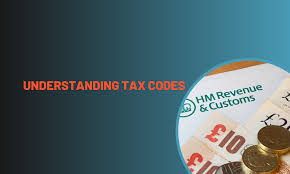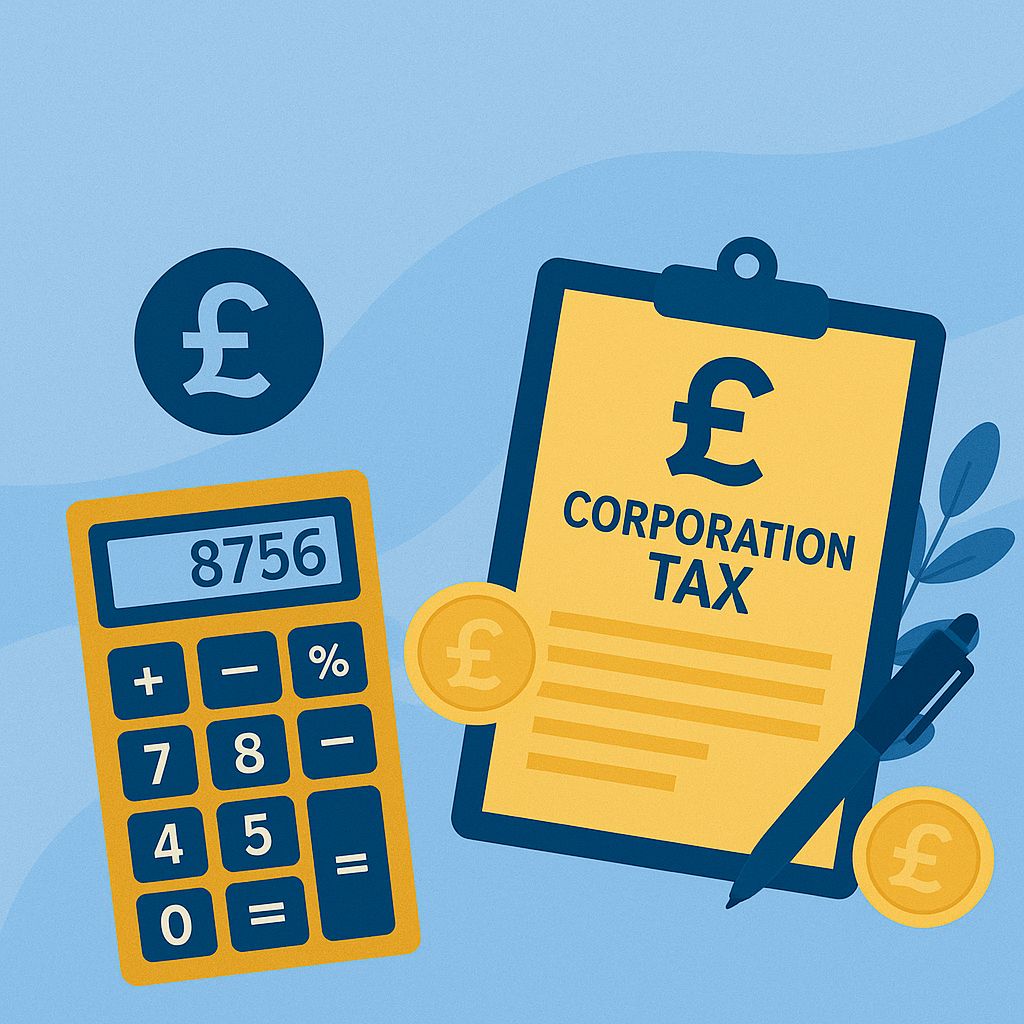
At SUPER FINANCIAL LIMITED, we understand that earning income in the UK—whether from employment, self-employment, pensions, etc.—comes with its own set of complexities. Your tax code plays a vital role in ensuring you’re paying the correct amount of tax, guiding your employer or pension provider on how much to deduct from your earnings. We know that the numbers and letters on your payslip can be confusing, and you may worry about the possibility of overpaying tax. That’s why our team is here to help you understand how tax codes work and ensure yours is correct, so you can avoid any surprises when it comes to your taxes.
What’s a Tax Code, Anyway?
Your tax code is essentially an instruction manual from HMRC to your employer or pension provider. It tells them how much tax to deduct from your paycheque or pension. You’ll find it on your payslip, P60, or pension statement. In short, it ensures you’re neither overtaxed nor undertaxed throughout the year.
Most people receive a Personal Allowance—the amount of income you can earn before tax is applied. For the 2025/26 tax year, this allowance is £12,570 for the majority of individuals. Your tax code reflects this allowance and any other factors unique to your financial situation.
How Do Tax Codes Actually Work?
Tax codes are a mix of numbers and letters, and each part tells a story about your tax situation.
The Numbers
The number in your tax code shows how much you can earn tax-free each year. For example:
- A code like 1257L means you get £12,570 of tax-free That’s the standard
Personal Allowance for most of us.
The Letters
The letters clue you in on specific circumstances, like extra income, benefits, or
allowances. Here’s a rundown of the common ones:
- L: You’re getting the standard Personal Nice and simple.
- M: Your partner’s given you 10% of their Personal Allowance (lucky you!).
- N: You’ve passed 10% of your Personal Allowance to your
- T: There’s some other tweak to your allowance, like taxable perks or side
- BR: No Personal Allowance here—you’re taxed at 20% (basic rate) on
- D0: You’re taxed at 40% (higher rate) on all your income, no
- D1: You’re hit with the 45% additional rate on everything, no
- K: Your allowance is reduced (maybe even negative) because of things like company benefits or tax you owed from
- S: If you see something like S1257L, you’re a Scottish taxpayer with different tax bands.
Why Should You Care About Your Tax Code?
Your tax code is an essential part of managing your income. It ensures that your employer or pension provider deducts the correct amount of tax from your earnings, preventing unexpected tax bills or the possibility of overpaying. For instance, with the standard 1257L tax code, you’re entitled to £12,570 of tax-free income. Any earnings above this threshold will be taxed according to the applicable rates for that tax year, such as 20% on income up to £50,270 for 2025/26.
Why Your Tax Code Might Be Wrong
Sometimes, HMRC gets it wrong, and you end up paying too much. Here’s why that can
happen:
- Multiple Jobs or Pensions: If you’ve got more than one income source, HMRC
might not spread your allowances correctly.
- Life Changes: Getting married, divorced, or having kids can change what
allowances or reliefs you’re eligible for.
- Company Perks: Things like a company car or private health insurance are taxable and can mess with your
- Missed Reliefs: If you’re donating to charity through Gift Aid or paying into a
pension, those deductions might not be factored in properly.
- Old Tax Debts: If you underpaid tax in the past, HMRC might tweak your code to claw it
How to Check and Fix a Wrong Tax Code
If you’re unsure whether your tax code is correct, here’s what to do:
- Check Your Payslip or P60: Your tax code will be listed Compare it to what you think it should be.
- Log Into HMRC Online: Your personal tax account on HMRC’s website will show
your tax code and the details behind it.
- Trust Your Instincts: If something seems off, don’t ignore it. Overpaying means losing money you could keep, while underpaying could lead to a surprise tax bill
If you discover your tax code is wrong, there’s no need to worry—here’s how to fix it:
- Contact HMRC: You can call them, log in online, or even send a They’ll review
your code and make any necessary corrections.
- Double-Check Your Income: Ensure HMRC is aware of all your income sources, especially if you have multiple jobs or
- Look for Allowances: Check if you’re eligible for allowances like the Marriage
Allowance or reliefs for pension contributions or Gift Aid. If not, inform HMRC.
- Keep HMRC Updated: If you start a new job, receive company perks, or have any major life changes, let HMRC know as soon as possible so they can update your tax code
When to Call in the Pros
If your tax situation feels overwhelming—whether you have multiple income streams or a complicated tax code—it could be time to reach out to a tax advisor or accountant. At SUPER FINANCIAL LIMITED, we specialise in untangling complex tax issues, identifying any potential mistakes, and ensuring you’re not overpaying or underpaying your taxes. Our team is here to guide you through every step, so you can stay on top of your finances with confidence.
Your tax code may seem like a small detail, but it plays a big role in how much money stays in your pocket. It’s your personal guide for how much tax is deducted from your income based on your unique situation. If it’s wrong, you could end up with less than you deserve or be hit with an unexpected tax bill from HMRC.
Take a moment to check your payslip or log into your HMRC account to make sure your tax code is correct. If anything seems off, don’t hesitate to reach out to us. At SUPER FINANCIAL LIMITED, we’re here to help. You can contact us by email at info@superfinancial.co.uk or by phone at 020 8925 0070. Let us ensure your taxes are sorted, so you can relax and focus on what matters most.















